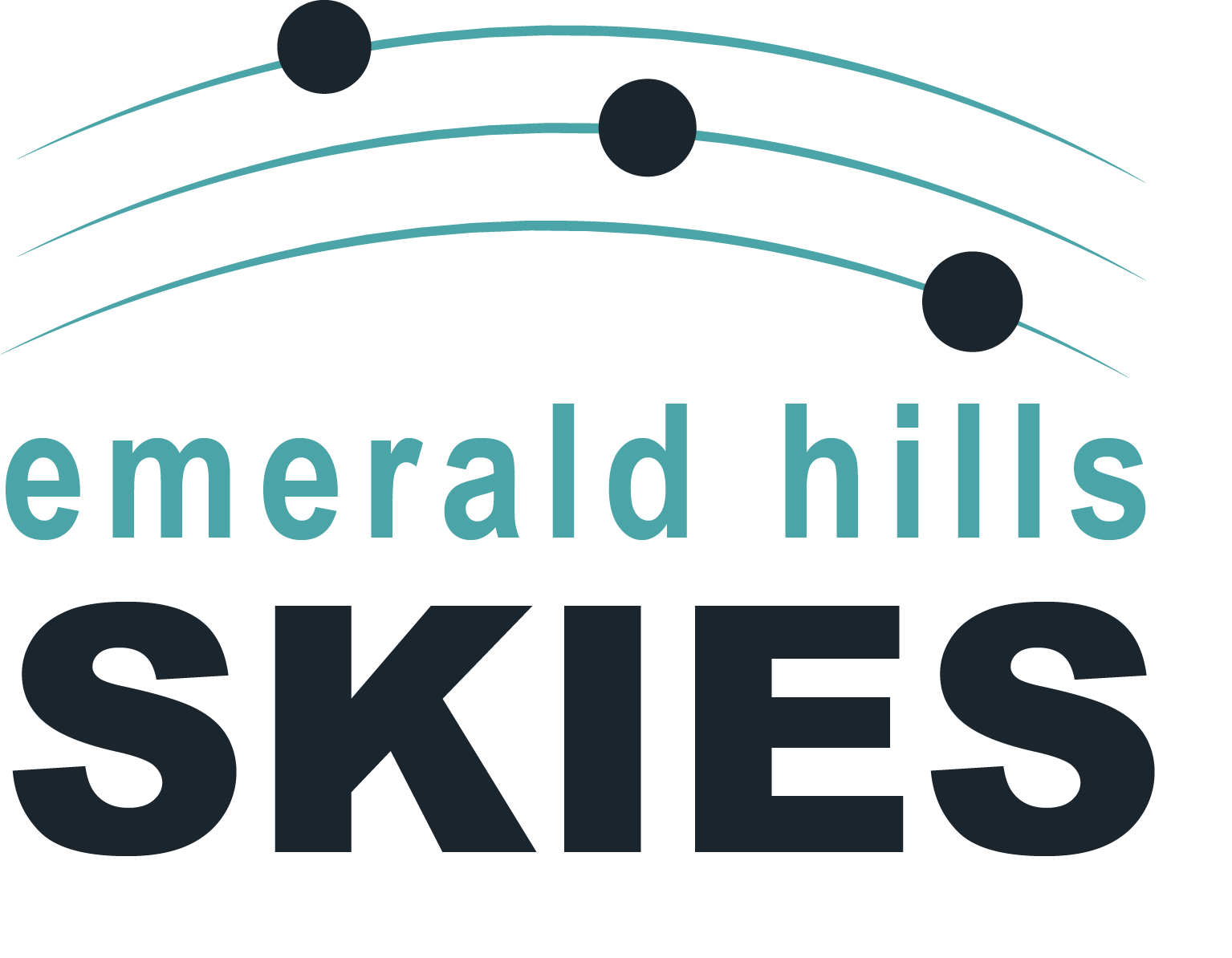Alexre1 (Alex)
History (where did you start astronomy from)
I’ve been fascinated by astronomy since I was a child in the 80s! My parents fed this interest with visits to local planetaria and the like (e.g. the Ontario Science Centre). When I was in university I took a minor in astronomy and managed to pick up a 10″ Antares Dobsonian as my first scope ($500 Canadian dollars back then, with a straight-through finder + 25mm/10mm plossls). The hobby bit me hard even though I never developed advanced visual observing skills. I brought that trusty dob to many a camping trip and to scouts groups – showcasing Saturn, Jupiter, and the moon.
A few years into my first job I’d saved enough to buy a Celestron Nextstar 8SE. Despite dozens of attempts I never did manage to get the mount reliably aligned – what an exercise in frustration! I gave up after a while (learned afterward this was due to crazy slop in the gears). That was also around the time I got married … after ten years of collecting dust in the garage I pulled the scope out again, and with the help of a dear friend got back into the hobby. In 2020 joined the Toronto chapter of the Royal Astronomical Society, and began upgrading my kit. Sold the mount, bought my first computerized GEM, bought my first camera – and got more observing in in a single year than I had managed in the 10 years prior!
Where did you hear about EAA?
I heard about EAA from Cloudy Nights – back when EAA and Night Vision were in the same forum! I was immediately attracted to the concept. With two young kids at home, I didn’t have the time or inclination to collect data for hours, but the idea of short stacked exposures and live observing was brilliant.
What are your expectations?
The thing I love most about EAA is that my expectations are a reality! It’s so different than when I bought my first visual scope: seeing all those amazing glossy magazine images vs. a reality of faint smudges in one’s eyepiece. With EAA, once I learned basic techniques and software, nothing is beyond reach. (Though be prepared to learn!)
What do you already have?
- OTA: Celestron C8, Orion ST80, Celestron Omni 150mm
- Mounts: Explore Scientific EXOS2 PMC-Eight
- Cameras: ASI533, ASI385
- Other: Celestron F/6.3 reducer corrector, LED Lightbox. Hoping to get a Night Owl or Hyperstar soon!
- Filters: Optolong L-Enhance
- Computer and software: Lenovo X1 Carbon, Windows 10, SharpCap Pro, ASCOM, Stellarium, ASTAP
Budget (cost of starting kit, cost of current kit)
I honestly have no idea how much I actually spent a so much of my kit was traded up by selling in the used market – I would highly recommend pairing up with an experienced astronomer in your local club and buying used equipment. Should I have bought new today, my kit would cost:
- Celestron C8: $1,300 USD
- EXOS2 PMC8: $1,000 USD
- ASI533: $1,200 USD
- ASI385: $300
- ST80, F6/3 reducer: $100 each
On the used market, you can get much of this at a significant discount!
How much is too much?
The sky is the limit. That being said I’d try to keep your initial budget deliberately low to see if you actually like the hobby before plowing in $10,000. I think you could absolutely get a reasonable kit with $2-3000 by purchasing on the used market. If your experience is anything like mine, pretty much every piece of kit will be “traded upwards” along your journey. Astrobuysell, astromart, and cloudynights classifieds are great sources.
OTA (advice)
Depends entirely on what you want to see! Widefield nebula vistas? A fast refractor is probably what you want. Planets and galaxies? I love my C8 SCT at both F10 and F6.3 as it’s fantastic for this. I’ll hopefully be getting the Night Owl or Hyperstar soon for widefield.
Right now I’m attempting to get the best of both worlds by mounting a 80mm refractor on my C8! Seems to be working well so far!
Mount (advice)
I know many advocates for alt-azimuth mounts – however, the Celestron Nexstar 8SE permanently soured me on these. I absolutely LOVE my EXOS2 PMC8 mount – it’s absolutely brilliant for EAA and polar alignment is a snap with SharpCap.
Camera(s) and preferred targets and techniques.
ASI533 and ASI385; my preferred targets are galaxies, clusters, and planetary nebulae. I live in Bortle 8/9 skies so unfortunately nebulas as a bit out of my reach.
What don’t you like about EAA?
Nothing – as long as you are willing to learn new techniques and be resilient in the face of troubleshooting issues along the way! EAA is been absolutely fantastic. There’s a growing and enthusiastic community who are always ready to help.
